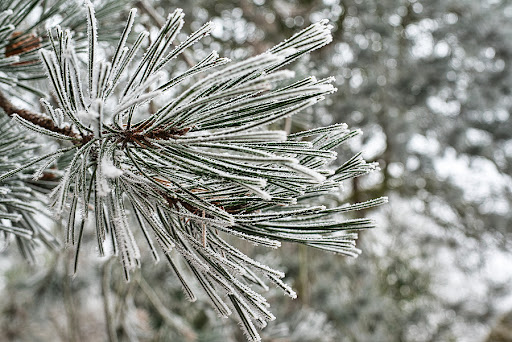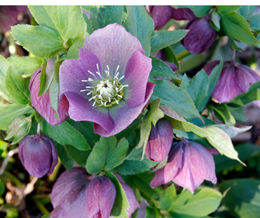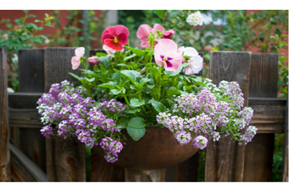 When the cold winter months arrive, your garden doesn’t have to become a dull, lifeless space. With a few simple additions, you can transform it into a winter wonderland and enjoy the outdoors even during the colder months. Here are some tips on adding winter interest to your garden and keeping your space looking beautiful all year round.
When the cold winter months arrive, your garden doesn’t have to become a dull, lifeless space. With a few simple additions, you can transform it into a winter wonderland and enjoy the outdoors even during the colder months. Here are some tips on adding winter interest to your garden and keeping your space looking beautiful all year round.
Plant evergreens
One of the easiest and most effective ways to add winter garden interest is planting evergreen shrubs. Evergreens are versatile and can be used to create privacy or as an anchor for flower beds and other garden areas. Evergreens come in various shapes, sizes, and colors, making them perfect for adding texture and color to your garden, even in the coldest months of the year. Planting evergreens also provide shelter and food for wildlife in the winter. Species that can provide year-round interest include boxwood, holly, juniper, pine, and spruce.
Incorporate different textures
Texture is an important element to consider when creating a winter garden. Adding various textures can help to create interest and dimension in the garden, even during the coldest months of the year. Start by planting a few evergreens. Pine, fir, juniper, and holly are nice options. They will add structure and texture to your garden. Grasses and ornamental grasses are also great for adding texture, especially when covered in a layer of frost or snow. When choosing plants, select those with interesting foliage or textured bark.
 Use winter-blooming flowers
Use winter-blooming flowers
Bring life to your garden with winter-blooming flowers! While many plants go dormant during the colder months, some will bring color to your garden. Consider planting pansies, violas, and primroses for a burst of vibrant color. Or opt for hellebores or winter daphne for more subtle blooms.
Winter Container Gardening
Cheerful winter pots outdoors can help brighten up and decorate your yard. Make sure your vessels can survive fluctuating temperatures. Porous materials like ceramic and terracotta are subject to flaking and can crack in freezing temperatures.
 Best Types of Planters
Best Types of Planters
Planters made of metal, fiberglass, heavy-duty plastic, or wood are the least likely to crack during freezing temperatures. If you have stone, cement, or concrete planters outside, make sure they have drainage holes so water doesn’t get trapped to freeze and thaw, causing damage to them.
Ideas for Winter Containers Include:
- Juniper
- Rosemary
- Grasses
- Boxwood
- Sedum
- Coral Bells
- Ornamental Cabbage
Plant Berries
Berries are a great way to add winter interest to your garden! Not only do they provide a vibrant burst of color, but they also attract wildlife, such as birds.
- Winterberry has beautiful red berries that can stay on the plant throughout the season, providing beautiful contrast against the snow.
- Beautyberry produces clusters of purple berries that can provide a dramatic display in winter.
- Pyracantha is another great option, as it bears clusters of bright yellow or orange berries throughout the winter
- Japanese Skimmia is an evergreen shrub that has red berries that remain in winter and white flowers in late spring.
Add Lighting
Lighting can be used to create a cozy and inviting atmosphere in your garden during the winter months. Solar-powered garden lights are a great option for those who want to conserve energy, and LED lights are very energy-efficient and long-lasting. No matter what type of lighting you choose, it will add a unique touch to your garden and make it look even more beautiful during winter.
Let us know how we can help with winter gardening for your landscape, give us a call at 360-574-8979.
